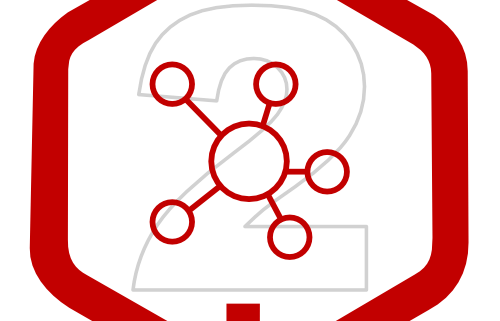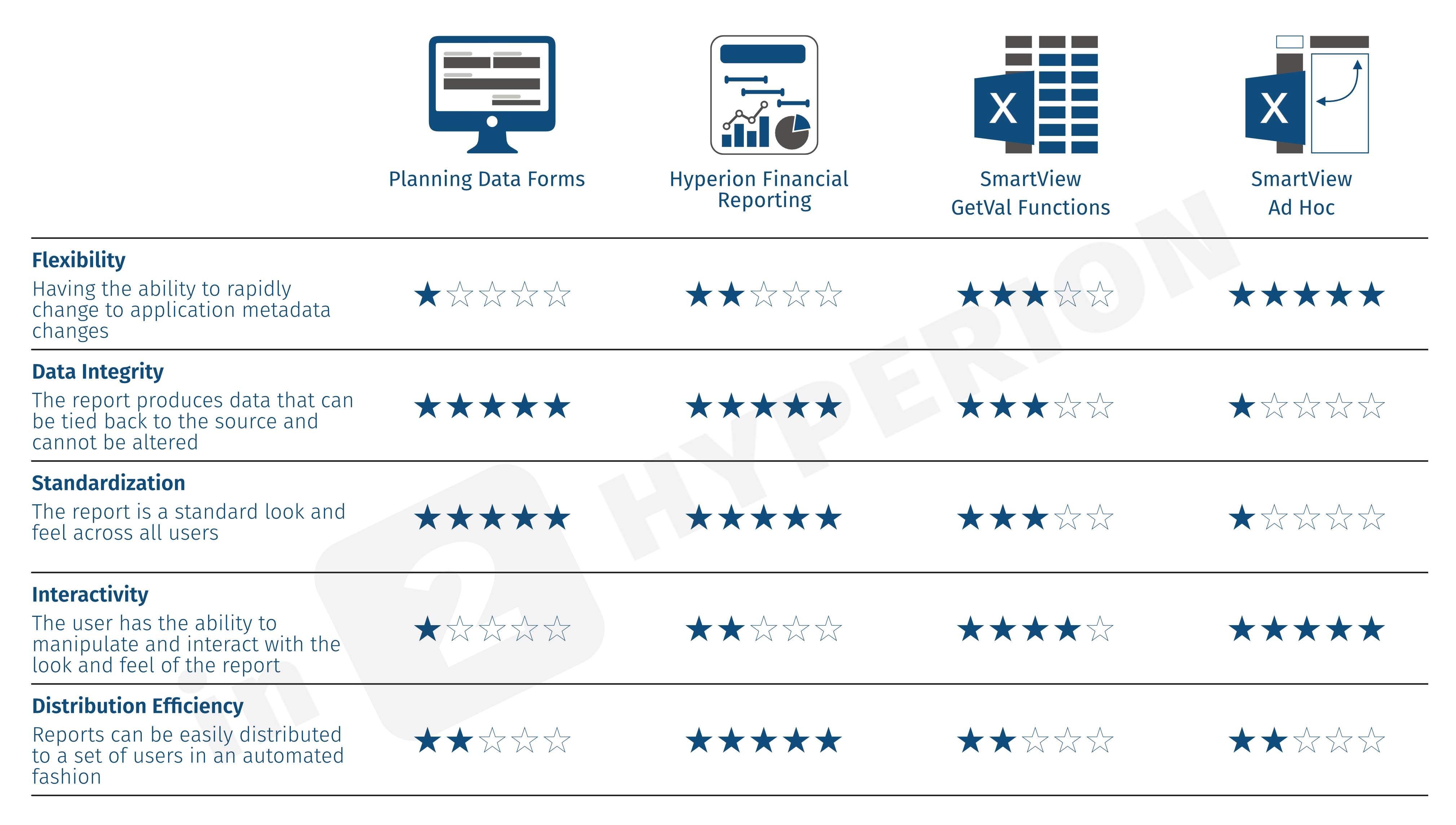Adventures in Groovy – Part 33: Mapping Members Between Plan Types
Groovy collections are used all throughout the ePBCS API. If you are not familiar with collections, you may want to take a look at Adventures in Groovy – Part 27: Understanding Collections before you continue. Maps, which are a type of collection, are very useful when moving data between different applications that have different member names representing the same data. In a the example below, data is moving from a product revenue cube to a financial cube. In the detailed cube, the member names are more descriptive, like Net Sales. In the financial application, the same data is a true account number from the GL, and names 42001. Mapping data between these two can easily be done with Groovy maps.
Introduction
There are two components to understanding the use of these maps. First, the map must be defined for use. The construction of the map is a delimited list of items. Each of the items is made up of an key and a value. These are separated by a colon.
//set account map def acctMap = ['Units':'Units', '42001-Product Sales':'Net Sales', '50001-Cost of Sales':'COGS', '50015-Write-offs':'Write-offs', '56010-Chargebacks':'Customer Satisfaction Discount', '50010-Sales and Discounts':'Sales and Discounts', '56055-Overstock Discount':'Overstock Discount', '56300-Customer Satisfaction Discount':'Customer Satisfaction Discount', '56092-Multi-Purchase Discount':'Multi-Purchase Discount', '56230-Open Box Discount':'Open Box Discount', '56200-Damage Container Discount':'Damage Container Discount', '56205-Damaged Box Discount':'Damaged Box Discount', '56090-Group Purchase Discount':'Group Purchase Discount']
The second piece is retrieving the mapped value. The value on the left of the colon is referenced and the value on the right will be returned. The following would return 56230.
[acctMap.get("56230-Open Box Discount")]
A fully vetted example follows of moving data from one database to several others. The function’s use is embedded in a loop, so rather than a hard coded value, the member of the account dimension is used as the accounts (rows in the form) are being iterated. It looks like this.
[acctMap.get(it.getMemberName('Account'))]
Working Use Case
The map above is used in several places for several reasons. First, the map is created. Second, the map is iterated and the key is used to create a data grid for all the values that will be copied, or synchronized, to the destination cube. Third, the map is used to lookup the converted value to create the grid connected to the destination. this is a complete working example. The items in red are specific to the map and its use.
//Dimension employeeDim = operation.application.getDimension("Account")
//****************************************************************************
// Data Movement between Apps
//****************************************************************************
// Get POV
String sCompany = operation.grid.getCellWithMembers().getMemberName("Company")
def sMaterialGroup = operation.grid.getCellWithMembers().getMemberName("Material_Group")
String sChannel = operation.grid.getCellWithMembers().getMemberName("Channel")
def lstProducts = []
operation.grid.dataCellIterator({DataCell cell -> cell.edited}).each{
lstProducts.add(it.getMemberName("Product"))
}
String strProducts = """\"${lstProducts.unique().join('","')}\""""
println "data push running for " + strProducts
if(operation.grid.hasSmartPush("Prod_SmartPush") && lstProducts)
operation.grid.getSmartPush("Prod_SmartPush").execute(["Product":strProducts,"Currency":'"USD","Local"'])
//set account map
def acctMap = ['Units':'Units',
'42001-Product Sales':'Net Sales',
'50001-Cost of Sales':'COGS',
'50015-Write-offs':'Write-offs',
'56010-Chargebacks':'Customer Satisfaction Discount',
'50010-Sales and Discounts':'Sales and Discounts',
'56055-Overstock Discount':'Overstock Discount',
'56300-Customer Satisfaction Discount':'Customer Satisfaction Discount',
'56092-Multi-Purchase Discount':'Multi-Purchase Discount',
'56230-Open Box Discount':'Open Box Discount',
'56200-Damage Container Discount':'Damage Container Discount',
'56205-Damaged Box Discount':'Damaged Box Discount',
'56090-Group Purchase Discount':'Group Purchase Discount']
Cube lookupCube = operation.application.getCube("rProd")
DataGridDefinitionBuilder builder = lookupCube.dataGridDefinitionBuilder()
builder.addPov(['Years', 'Scenario', 'Currency', 'Version', 'Company','Store_Type','Department','Source','Product','View'], [['&v_PlanYear'], ['OEP_Plan'], ['Local'], ['OEP_Working'], [sCompany],['Store_Type'],['Total_Department'],['Tot_Source'],['Tot_Product'],['MTD']])
builder.addColumn(['Period'], [ ['ILvl0Descendants("YearTotal")'] ])
for ( e in acctMap ) {
builder.addRow(['Account'], [ [e.key] ])
}
DataGridDefinition gridDefinition = builder.build()
// Load the data grid from the lookup cube
DataGrid dataGrid = lookupCube.loadGrid(gridDefinition, false)
def povmbrs = dataGrid.pov
def rowmbrs = dataGrid.rows
def colmbrs = dataGrid.columns
def tmpColMbrs = []
//Fin Grid Setup
Cube finCube = operation.application.getCube("Fin")
Cube rfinCube = operation.application.getCube("rFin")
DataGridBuilder finGrid = finCube.dataGridBuilder("MM/DD/YYYY")
DataGridBuilder rfinGrid = rfinCube.dataGridBuilder("MM/DD/YYYY")
finGrid.addPov('&v_PlanYear','OEP_Plan','Local','OEP_Working',sCompany,'Prod_Model')
rfinGrid.addPov('&v_PlanYear','OEP_Plan','Local','OEP_Working',sCompany,'Prod_Model','MTD')
def colnames = colmbrs[0]*.essbaseMbrName
String scolmbrs = "'" + colnames.join("', '") + "'"
finGrid.addColumn(colmbrs[0]*.essbaseMbrName as String[])
rfinGrid.addColumn(colmbrs[0]*.essbaseMbrName as String[])
dataGrid.dataCellIterator('Jan').each{ it ->
def sAcct = "${acctMap.get(it.getMemberName('Account'))}"
def sValues = []
List addcells = new ArrayList()
colmbrs[0].each{cName ->
sValues.add(it.crossDimCell(cName.essbaseMbrName).data)
addcells << it.crossDimCell(cName.essbaseMbrName).data
}
finGrid.addRow([acctMap.get(it.getMemberName('Account'))],addcells)
rfinGrid.addRow([acctMap.get(it.getMemberName('Account'))],addcells)
}
DataGridBuilder.Status status = new DataGridBuilder.Status()
DataGridBuilder.Status rstatus = new DataGridBuilder.Status()
DataGrid grid = finGrid.build(status)
DataGrid rgrid = rfinGrid.build(rstatus)
finCube.saveGrid(grid)
rfinCube.saveGrid(rgrid)
Finishing Up
This is a relatively simple concept and not terribly difficult to implement. It is also something most will benefit from when synchronizing data with the dataGridBuilder. Have something to add? Post a comment and I will get back to you promptly.







Hi,
How can i map “X” member from Entity dimension in BSO to different members of 3 New dimensions in ASO including the entity dimension – ” X ” should be mapped to “X -> Newdim1 -> Newdim2 -> Newdim3 “. Does that even do able ?
You could have your map key be a string, and and your value be a string that is used with your cross dim references. You could also have your map be a list, and you add all the dimension members as elements to the list. I would do either of those methods I think. There are some more complicated applications, but why make it difficult?
Hi Kyle,
What if I want to create a datagrid in a look-up cube in one application and then push to another cube in another application. Can I use the EPM Connection to then parse out the cube name in another application, create the grid and submit there? Please let me know your thoughts. Thank you.
If you mean a connection to another environment, I don’t know. I have not tried that.
Hi Kyle
Any ideas on how do we use this concept in a data map? For e.g. say I have defined the acctmap as below:
def acctMap = [‘X’:’Y’]
And the data map is supposed to take care of pushing the data from calc cube to rep cube. “X” is defined in calc cube but same account is called as “Y” in rep cube. And we want the data map to push the data in “X” from calc cube to “Y” in rep cube. Is this possible without using the gridbuilder? Appreciate the insight! Thanks.
Sure is. You could use a data map with smart lists as your map, and the smart list can be connected to the dimension on the to side.
Hi Kyle
Great post. I have a question. Say I have a mapping that is driven based on entity. For e.g. say entity is a 6 character string. And I want to push data from BSO to ASO. ASO has an additional dimension called Function. And I want to map function based on the 3rd character of Entity. So, in this case i can have multiple entities mapping to a single function. To functionally put it, all departments starting with 4 should map to IT Function in ASO. Any help you can provide on the code examples for this scenario? Will be a great help. Thank you!
I see 3 options.
1. You could use an account connected to a smart list with your functions. Set each entity to a function in a form. Create a dynamic account that references the first with a cross dim operator. then use the dynamic member in your data map. You could set this value with a groovy rule that parses the text so that users don’t have to do it manually and not even have a form.
2. You could use grid builders in Groovy to copy the data from source to target and use a function like above to parse the string. Use that in your data map.
3. REST API also has import and export slice operations, so you could do the same thing as number two.
Unless there is a reason, I normally use options 1. Sorry for the late response!